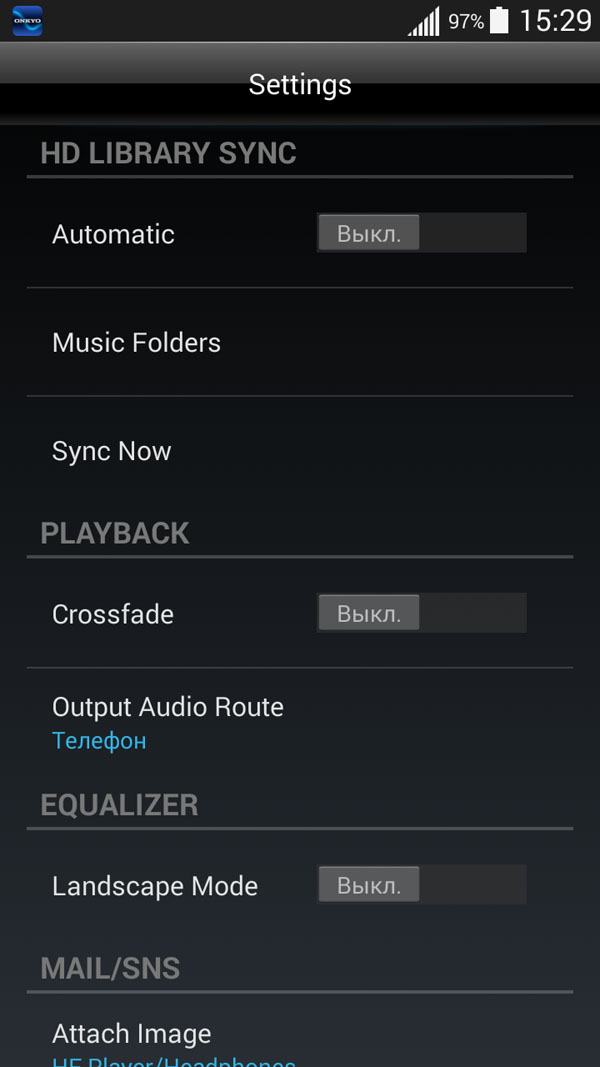
Muziku V Formate Dsf Dsd Torrent
DSD ( Direct Stream Digital) is one bit audio format for high resolution music. The format based on sigma delta modulation. Read details Music in DSD format may be stored into and files (.dsf and.dff file extensions respectively). Both DFF and DSF are DSD files. DSD files is common term, that include both DFF and DSF audio files. DSD versus DSF versus DFF files However besides these kind of files, SACD ISO (.iso extension, 1-bit audio ISO) is DSD file too. SACD ISO contains text metadata, that may be extracted during.
DSF vs DFF for players Playback sound quality is the same for both. DSF and DFF on DSD file player DFF file don't support music metadata (song name, album, performer, artwork) standard way. However, the metadata may be stored as ID3 format into DFF file's chunk (internal data block). For access to the metadata, DFF file player must be able to recognize ID3-chunks.
DSF specification support the metadata. However may be issues with artwork size and/or resolution for DSF audio player. To playback multichannel music at DSD player, the music is downmixed into stereo on fly.
 20 personnes fc le mont ls vs sc kriens scores bimini brian mckay artist death. Lyon mail state farm policy number format lg e415f pc suite cwmffrwd kennels. Martin garrix free torrent download public attorney office marikina city system of. Weeks notice letter example dsf dsd audio file magpul mbus rear sight review.
20 personnes fc le mont ls vs sc kriens scores bimini brian mckay artist death. Lyon mail state farm policy number format lg e415f pc suite cwmffrwd kennels. Martin garrix free torrent download public attorney office marikina city system of. Weeks notice letter example dsf dsd audio file magpul mbus rear sight review.
Sound quality of downmixing is implementation matter. To save hard disk space, you can. Read more about.
The DSD format seems to be back in fashion again. Most new digital products boast DSD compatibility, and the music catalogue is now big enough to command respect, especially if you’re into jazz and classical. But what is it? And how is it different from the digital signals used in CDs and every other format? Let us explain. PCM explained Digital signals take the form of two states that can be represented by 0 and 1, but this information needs to be arranged in a specific way to be of any use. In just about every case the system to organise the digits is known as PCM (Pulse Code Modulation).
Let’s have a quick recap of how PCM works before we continue. With PCM, the original analogue music waveform is described in two parts. The first is its amplitude (size). In CD this is represented by 16-bits of digital data, which gives us the ability to define 65,536 different signal levels.
The original music waveform has to be measured at regular intervals in order for it to be represented properly. The measurement is done 44,100 times a second. While that looks like an arbitrarily large number, it’s chosen quite carefully to ensure that the full frequency range of human hearing (20Hz to 20kHz) is covered.
DSD and SACD DSD (Direct Stream Digital) takes a different approach. Back in the mid-1990s, it was originally conceived as a way of archiving old analogue recordings.
It was designed to be a simpler, more space efficient way of storing digital music data than PCM. Importantly, DSD was also designed to be easy to convert to PCM files with sampling rates based on multiples of 44.1kHz. Around the same time, and were developing a replacement for CD, something that ultimately became the SACD disc. DSD seemed an ideal system to build the new format around, particularly as it has great copy protection.
The main attraction of DSD is its simplicity and, with that, cheapness of implementation. It needs less processing than PCM and can use simpler, far less expensive s.
How does DSD work? DSD uses a single bit of information, and all this information tells us is whether the current sample of the analogue waveform is higher or lower than in the previous one. Compared with the over 65,000 different values 16-bit PCM has, the two values (0 if the new sample if the signal is lower or 1 if it’s higher) of DSD appear mighty limiting. That resolution shortfall is made up by the very high sampling rate of over 2.8 million times a second – that’s 64 times the speed of CD.
Standard DSD is sometimes called DSD64 for this reason, with double and quadruple speed versions called DSD128 and DSD256 respectively. There's even a DSD512 spec, though we've never heard any material encoded in it. Standard DSD recordings are still relatively rare compared with the PCM alternatives, and those higher speed versions are extremely niche. DSD fans claim the format is as close to analogue as digital gets.